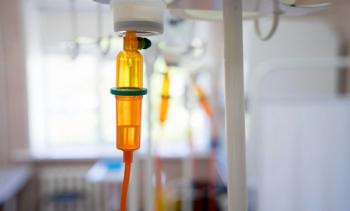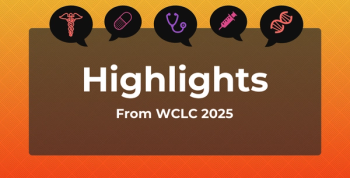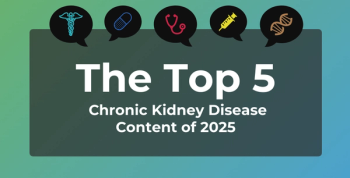AHA Wants Quicker COVID-19 Vaccine Rollout
In a letter sent to HHS Secretary Alex Azar, the American Hospital Association (AHA) stressed that there should have been a universal coronavirus disease 2019 (COVID-19) vaccine rollout, focusing on several perceived barriers to expedited rollout. These include 64 “disparate” vaccine rollout plans, lack of standardized tasks needed to accomplish vaccine delivery, and a failure to provide progress reports compared with plan goals. According to the letter, to achieve the herd immunity benchmark called for by Anthony Fauci, MD, 1.8 million people need to be vaccinated every day from January 15 through May 31. Meanwhile, pharmacies are being asked to contribute by distributing vaccines to frontline workers and other high-risk populations, reports The Wall Street Journal.
Cancer Survivors May Have “Older” Hearts
The hearts of female and male cancer survivors appeared to be at least 5 years older than the patients’ actual age, according to a study in the CDC’s most recent Morbidity and Mortality Weekly Report. Using 2013, 2015, and 2017 data extracted from the Behavioral Risk Factor Surveillance System, heart aging was shown to occur more often in men, although it was typically more serious in women. Using the 5-year benchmark, excess heart age was 6.5 percentage points higher in women vs 3.0 in men. Factors that may exacerbate this cardiac deterioration include several social determinants of health: race (eg, Hispanic vs non-Hispanic Black), having less than a high school education, and annual household income below $35,000. The fact that cancer survivors are now living longer, and thereby dealing with more long-term disease effects, could also contribute to the heart aging disparities.
Study Links Opioids in Home to Teen Use
Parents who have used medically prescribed opioids in the past year, but not parents who have misused prescription opioids, are more likely to have adolescents who abuse or misuse opioids, according to a JAMA Network Open study. Data from the 2015-2017 National Survey on Drug Use and Health show higher adjusted odds of 1.28 and 1.53, respectively, for the likelihood of opioid abuse and misuse among those aged 12 to 17 years, compared with when parents have no opioid use. Parental stimulant and marijuana use, along with depression and schoolmate drug use, were also cited as possibly contributing to adolescent opioid abuse/misuse. Solutions proposed by the investigators include educating families on safe medication use practices and addressing adolescent mental health.










































